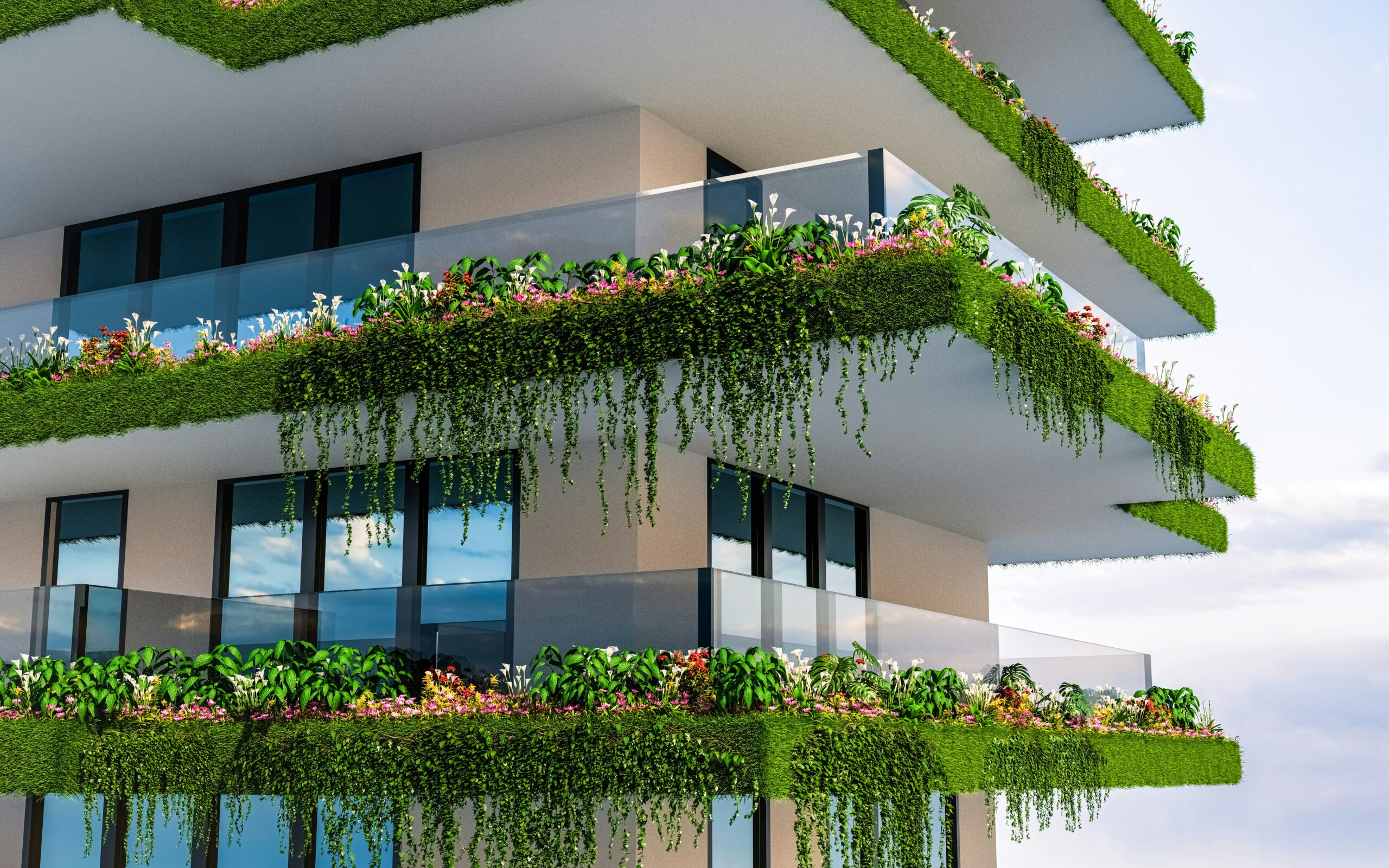
In recent years, the housing industry has undergone a remarkable transformation, with sustainability becoming a leading force in design and construction. Green homes are no longer considered experimental projects or luxury concepts reserved for a small group of eco-conscious buyers. Instead, they are steadily becoming mainstream, influencing how developers build and how homeowners invest.
This evolution is fueled by a combination of environmental awareness, rising energy costs, and increasing demand for healthier living environments. As a result, green homes offer benefits that extend beyond just reducing carbon footprints—they create long-term financial value, improve quality of life, and reflect a growing cultural shift toward responsible living.
Energy Efficiency as a Priority
One of the most prominent features of green homes is their focus on energy efficiency. Builders are now integrating high-performance insulation, multi-pane windows, and energy-rated appliances that minimize wasted electricity and heating. Solar technology is also rapidly advancing, with panels becoming more affordable and efficient, enabling homeowners to generate their own renewable power directly on their rooftops.
At the same time, smart home technology is playing a central role in energy management. Features like programmable thermostats, motion-sensor lighting, and advanced monitoring systems give residents control over how much energy they use. These tools not only promote eco-friendly living but also save households money, making sustainability a win-win for both the planet and homeowners.
Water Conservation Techniques
Water scarcity has made conservation a critical aspect of sustainable housing. Many modern green homes are now built with water-saving fixtures such as low-flow faucets, efficient showerheads, and dual-flush toilets. These elements may seem small, but collectively, they lead to substantial reductions in household water consumption over time.
Beyond indoor systems, landscaping also plays an essential role. By incorporating xeriscaping techniques and drought-tolerant plants, homeowners reduce outdoor water needs without sacrificing aesthetics. Some homes even feature rainwater harvesting systems or greywater recycling, demonstrating how innovation can address both sustainability and practicality.
Healthier Indoor Environments
Green living is not just about reducing environmental impact—it’s also about improving the health of those inside the home. Sustainable building designs now prioritize materials that reduce indoor air pollution, such as low-VOC paints and non-toxic finishes. When paired with modern ventilation systems and air purification technology, these choices create safer and more comfortable living environments.
Additionally, natural light and airflow are heavily emphasized in sustainable design. Large windows, skylights, and open layouts maximize daylight, reducing reliance on artificial lighting. This approach not only decreases energy use but also promotes physical and mental well-being, making eco-friendly homes attractive for families and individuals alike.
Sustainable Building Materials
Another key factor shaping the evolution of green homes is the use of eco-friendly building materials. Reclaimed wood, recycled steel, bamboo, and cork are increasingly popular choices because they are renewable, durable, and less harmful to the environment. These materials often add unique character to a property while also ensuring long-lasting performance.
Furthermore, sourcing materials locally has become a growing priority. By using regionally available products, builders can cut transportation emissions and support local economies. This trend reflects a holistic approach to sustainability—one that considers not only the efficiency of the home but also the broader environmental and social impact of construction.
Affordability and Accessibility
While early sustainable homes were often seen as costly investments, the landscape is changing. Advances in green technology and increased demand have driven prices down, making eco-friendly features more accessible to the average buyer. Today, energy-efficient appliances, solar panels, and smart systems are available at various price points, allowing more households to participate in the green movement.
In addition, government incentives and tax credits are helping offset initial costs. Many states offer rebates for installing renewable energy systems or making energy-efficient upgrades. These policies are accelerating adoption and ensuring that green living is not just a luxury but an attainable option for a broader range of homeowners.
Market Demand and Future Outlook
As younger generations enter the housing market, sustainability is becoming a priority rather than a preference. Millennials and Gen Z buyers, in particular, are more inclined to seek homes with eco-friendly features, viewing them as essential investments in both their future and the planet’s. This shift in consumer behavior is pushing developers and investors to innovate further.
Looking ahead, the future of real estate is likely to involve even more emphasis on eco-friendly design, renewable energy integration, and community-based sustainability initiatives. Green certifications such as LEED and ENERGY STAR will continue to shape market standards, while governments are expected to strengthen environmental regulations. With these changes, green homes are poised to move from trend to industry norm, reshaping real estate for decades to come.